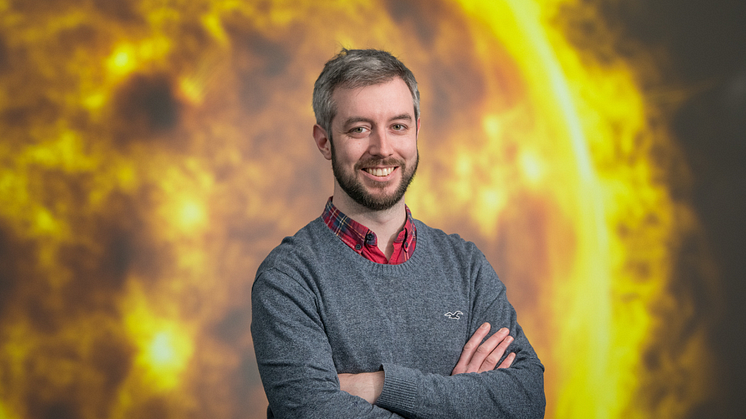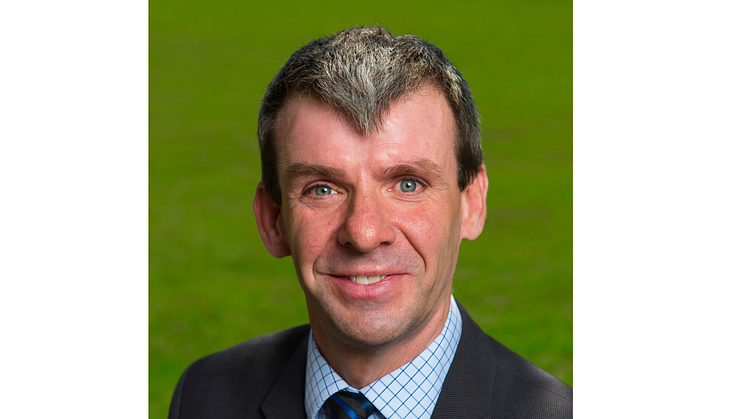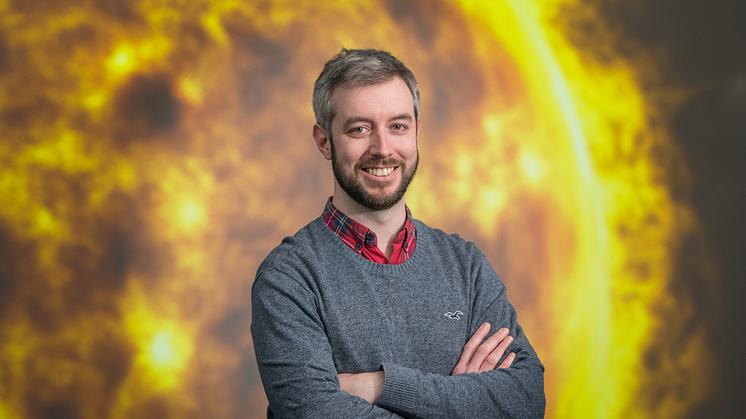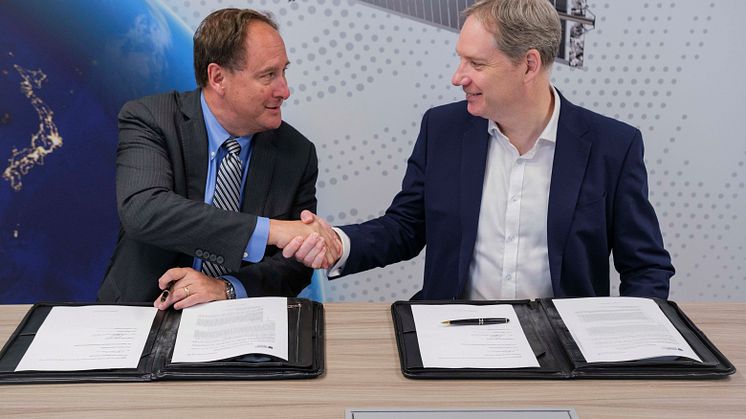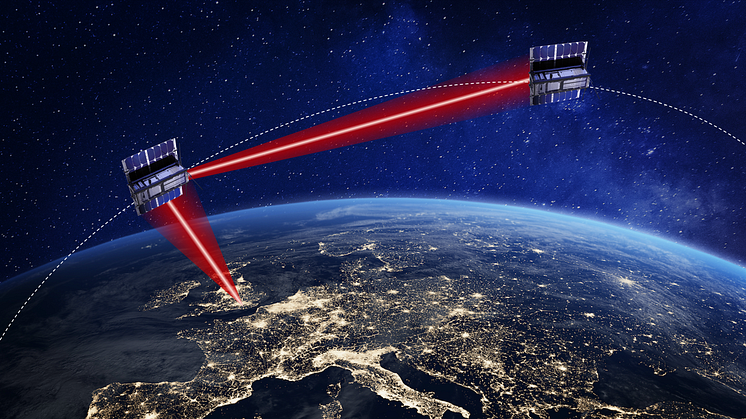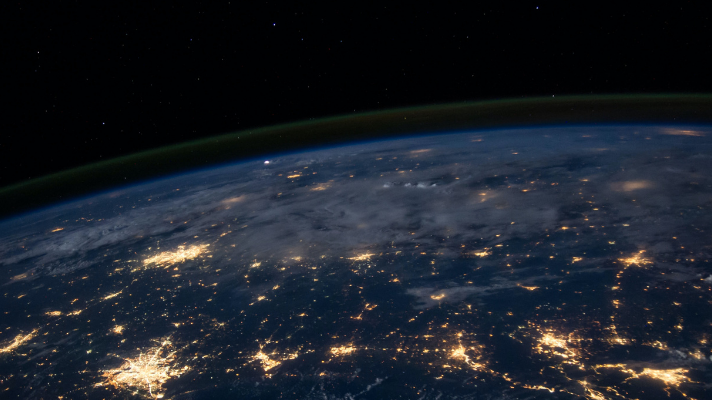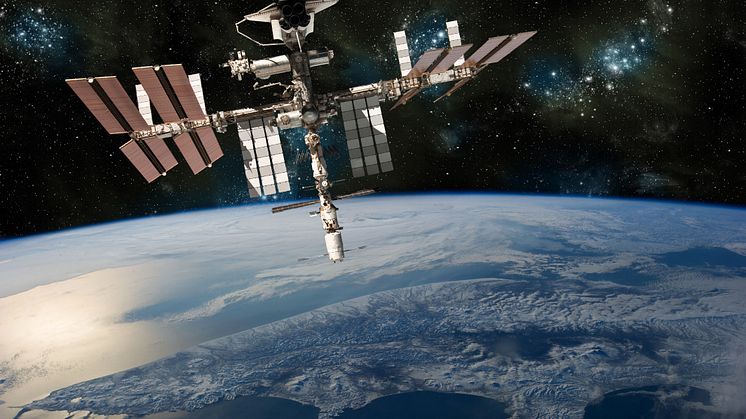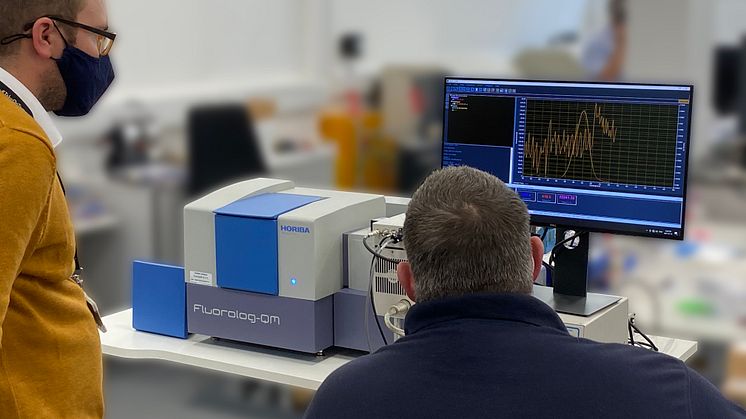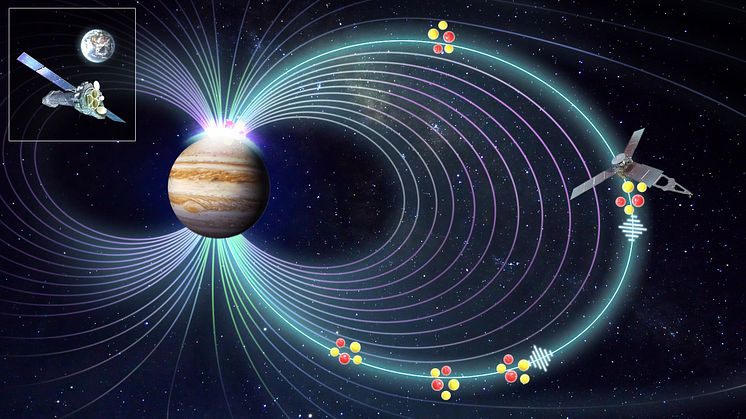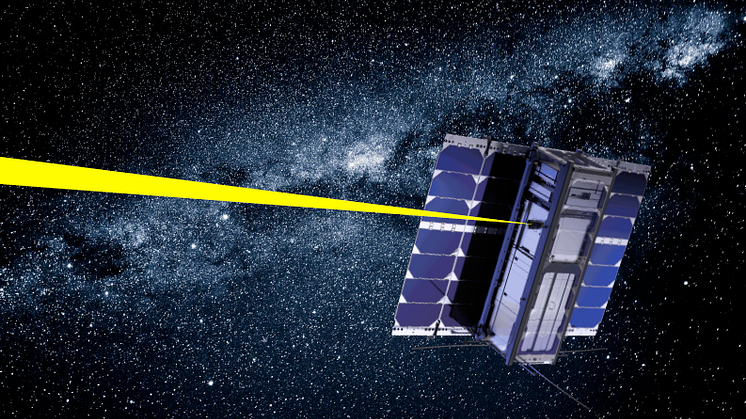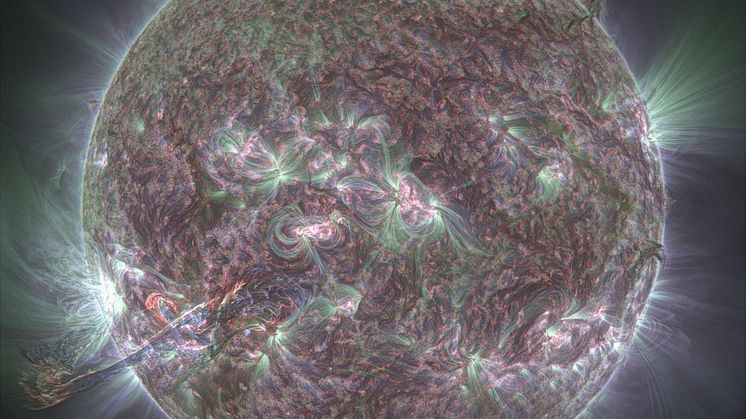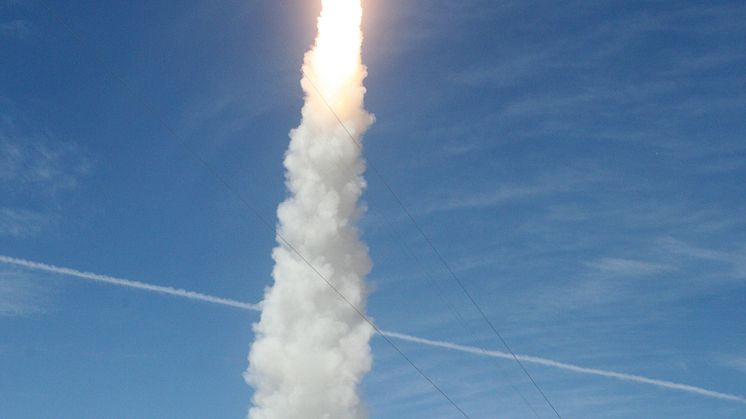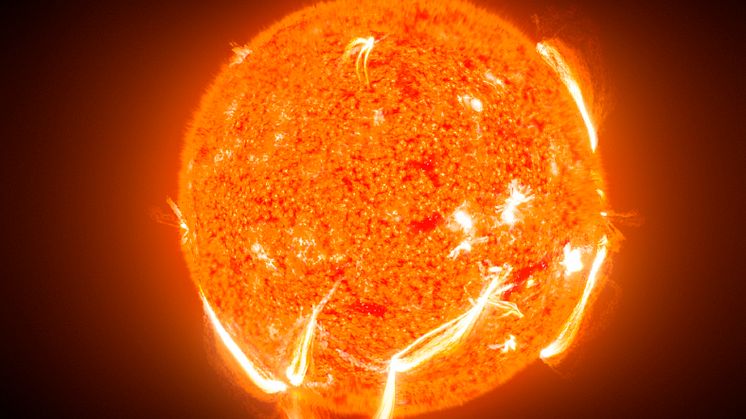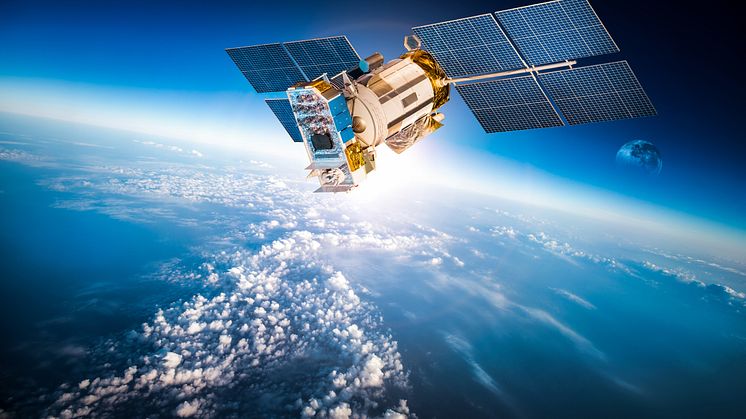
Press release -
New research to provide safer and more accurate space weather predictions
A team of space weather experts from Northumbria University has been awarded more than £400,000 to explore how to better predict the conditions in near-Earth space.
The environment in the radiation belts 60,000km above the Earth can be highly dangerous – both to human life and to technology such as satellites launched into orbit.
However, the method currently used to predict when and where periods of high radiation might occur are based on average measurements, meaning scientists are unable to accurately forecast particularly dangerous events.
Professor Clare Watt, a space plasma physicist from Northumbria’s Department of Mathematics, Physics and Electrical Engineering, is leading a new project which aims to find a way of forecasting space weather more accurately – something which would have huge economic benefits.
Funded by the Science and Technology Facilities Council (STFC), the project will combine spacecraft observations and samples of the atmosphere at different positions in near-Earth space, with numerical models which use that data to predict dangerous weather conditions.
Speaking about the research, Professor Watt said: “The near-Earth environment is so variable because our Sun is a magnetically variable star affecting both electromagnetic waves and high-energy particles in the area of space close to Earth.
“Understanding the near-Earth environment is a real challenge, but one we need to address, especially given our increasing use of satellites in everyday life and the focus on human space travel.
“Just as predicting storms here on Earth allows us to keep aircraft and passengers safe, predicting storms in space will allow us to ensure astronauts and satellites are protected from severe space weather events.”
Professor Watt will work alongside post-doctoral research associate Dr Oliver Allanson on the three-year Effects of Temporal Variability on Wave-Particle Interactions in Magnetospheric Plasma project.
They will use data collected by NASA’s Van Allen Probes – two robotic spacecraft used to study the Van Allen radiation belts surrounding Earth between 2012 and 2019, measuring electromagnetic waves and energetic electrons.
They will also have access to high performance computing facilities and a state-of-the-art numerical model that will use the data collected to predict interactions between charged particles and the electromagnetic waves.
Professor Watt added: “For much of the time conditions in near earth space are mild, but the rare extreme events that do occur can be very dangerous.
“Because these events are so rare, we need something to help us understand them. Nobody has looked at this in the way we are proposing before – looking at variations in time rather than averages.
“By better understanding the radiation belt environment and its variability we can ensure we are better prepared here on earth. This could change how we design spacecraft and satellites in future, how space exploration missions are planned and how we keep astronauts safe.”
Satellites are an integral part of our life on earth – Global Positioning Systems (GPS) are used for everything from shipping to farming, while satellites also allow us to monitor global pollution, provide us with broadband, TV and mobile phone signal and allow us to predict the weather here on Earth.
Professor Watt and Dr Allanson are both members of Northumbria University’s internationally renowned Solar-Terrestrial Science research group and are involved in several UK-wide space weather research projects.
Professor Watt is part of the research team involved in the SWIMMR (Space Weather Instrumentation, Measurement, Modelling and Risk) project – a £20 million, four-year programme, announced by the Prime Minister Boris Johnson at the UN General Assembly in 2019, that will improve the UK's capabilities for space weather monitoring and prediction.
Professor James McLaughlin leads Northumbria’s Solar-Terrestrial Science research group. Speaking about Professor Watt’s new research he said: “Satellites play a key role in our daily lives, more satellites are being launched regularly by countries around the world, crewed space missions are being planned, first back to the Moon and, within the next 15-20 years, to Mars, and we are at the beginning of an age of space tourism. All of these endeavours will need protection from the natural hazard that is severe space weather, and I am delighted that Professor Clare Watt is leading the way on this project which is of international importance.”
Northumbria University’s Solar-Terrestrial Science research group is part of Unit of Assessment 14 Geography and Environmental Studies in the Research Excellence Framework (REF) 2021. Find out more about Northumbria University’s REF 2021 submission here.
Topics
Categories
Northumbria is a research-rich, business-focused, professional university with a global reputation for academic excellence. Find out more about us at www.northumbria.ac.uk --- Please contact our Media and Communications team at media.communications@northumbria.ac.uk with any media enquiries or interview requests ---







